 |
Bromelia Contactgroep (BCG) P/a Botanische Tuinen Budapestlaan 17 3584 CD Utrecht ABN-AMRO IBAN: NL66 ABNA0421855185 tel.030-253 9281 |
Newsletter 69 - September 2013
The Autumn Meeting will be on Sunday 13th October in the Utrecht Botanical Garden. Everyone is welcome in the conservatory on the Harvardlaan from 10am. Details of the meeting and the agenda for the house-keeping part will be found in the Dutch version of this newsletter. After lunch Renate en Eric Gouda will tell us about their travels in North Peru last winter and all the beautiful things they saw there.
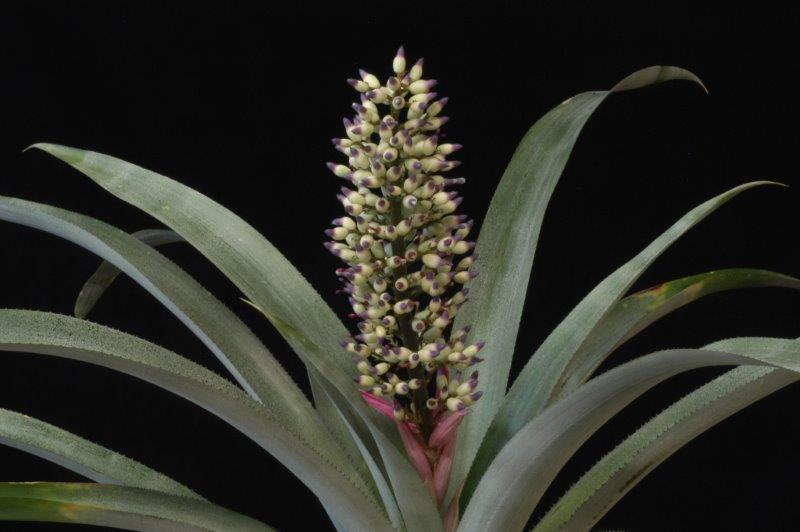
|
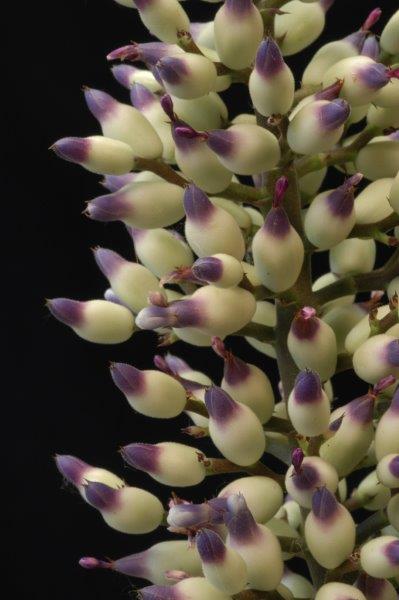
|
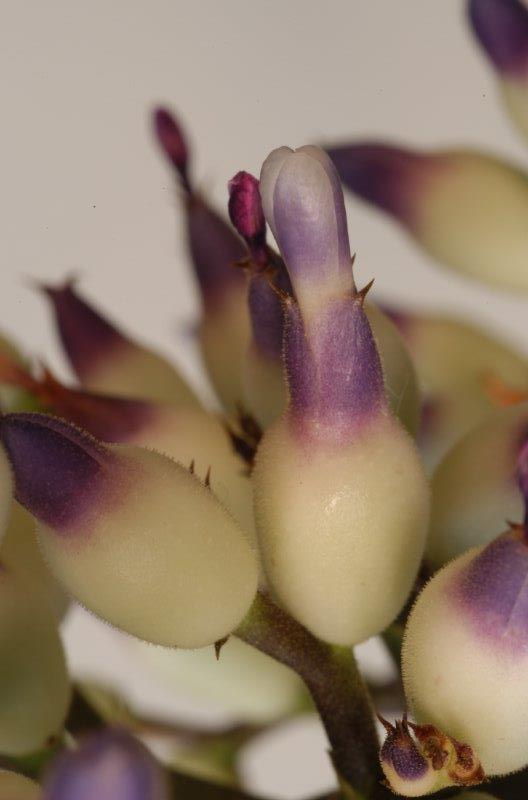
|
Plant Portraits
The first series of photos in this newsletter are of Aechmea castelnavii, found from Costa Rica to Brazil and Bolivia. Noteworthy are the purple sepals which contrast with the white of the ovary, a colour combination rarely seen in this genus. The plant is also found in Surinam and thus has my special interest for the Flora of the Guianas. This is also the reason we have grown it.
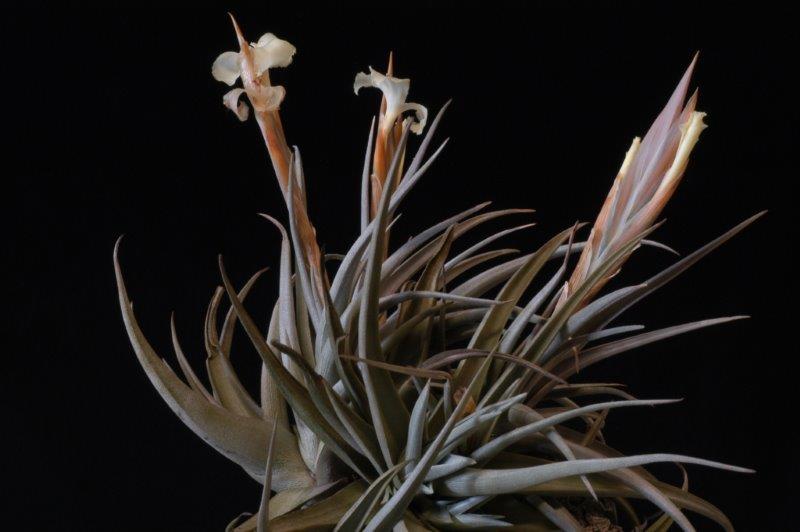
|
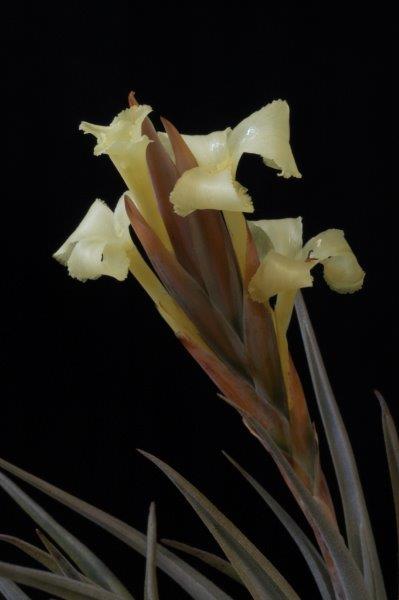
|
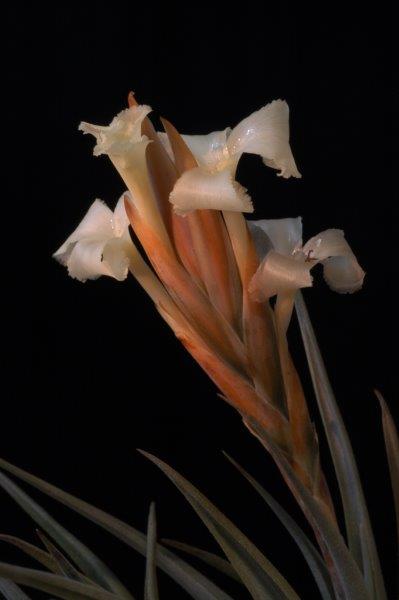
|
The second series shows Tillandsia xiphioides var. lutea. This is a rather larger variety of this species. Since 'lutea' means 'yellow' you would expect it to have yellow flowers. They are slightly yellowish but this is hard to show in a photograph. You can get the colour better by playing a little with the white balance. You can see that the flowers in the middle photo are much yellower than those in the rightmost one. This was done by choosing a different white balance and shows them much as they really look.
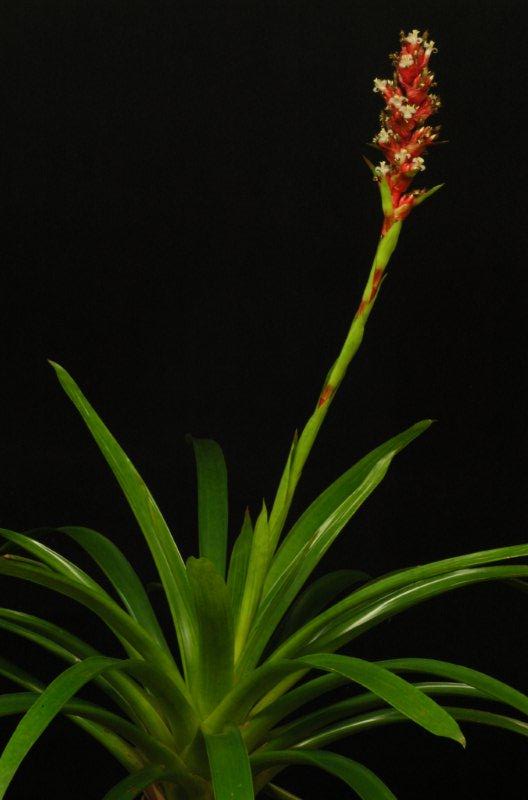
|
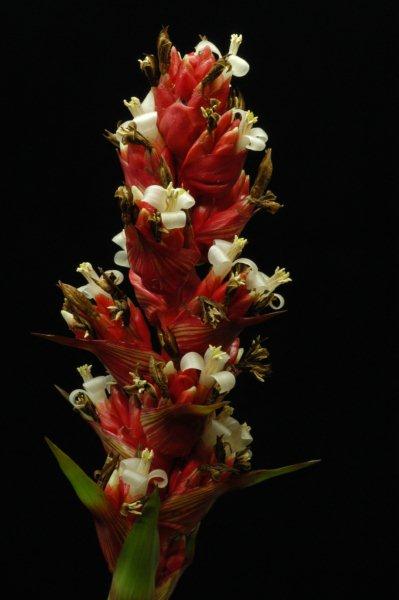
|
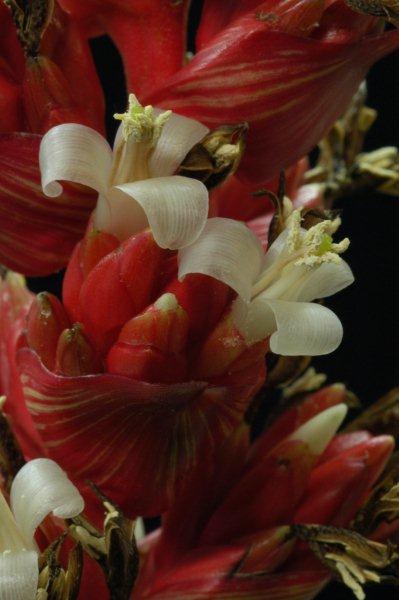
|
The Guzmania kentii H.Luther shown above was described in 1993 from Imbabura, Ecuador. In 2008 I collected seed south of Guadual and these flowered recently in the Utrecht Botanical Garden. Next to the type specimen, there are now four collections known from this province. A very attractive, not all that large, Guzmania, with attractively striped primary bracts, which is certainly worth the effort of growing.
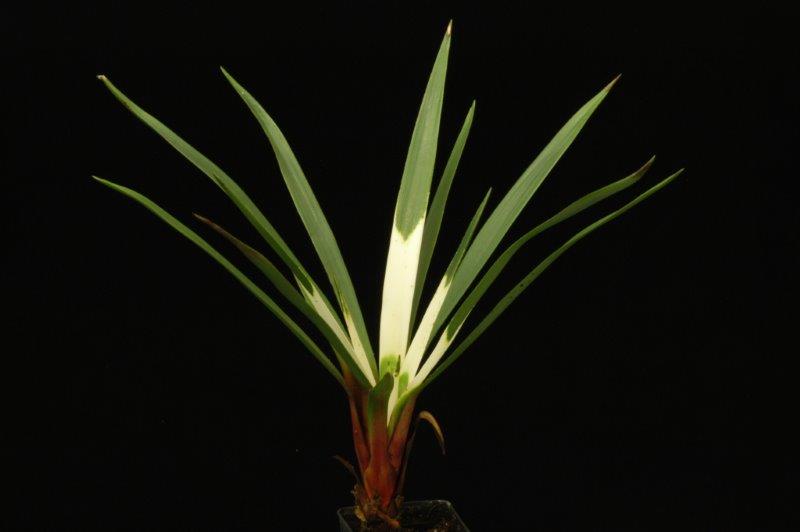
|
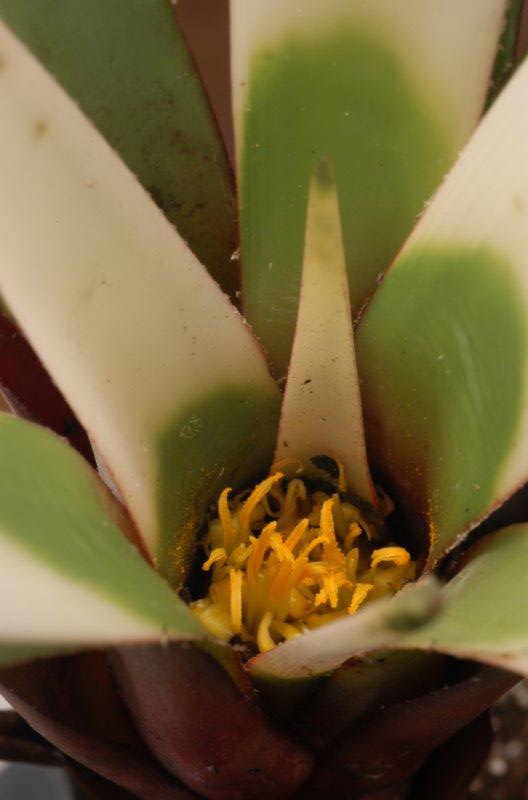
|
Due to the efforts of Corn. Bak, there are a number of Navias in cultivation. Most species are very difficult to grow but all the same Peter has succeeded in growing many species to maturity and persuading them to flower. Navia subpetiolata comes from Amazonas and Bolivar, Venezuela and is a rsomewhat less spectacular species. There are few known herbarium specimens. This is the first from south of Mount Avispa, north of Sierra Neblina, near the Brazilian border (det. E.J.Gouda 2011).
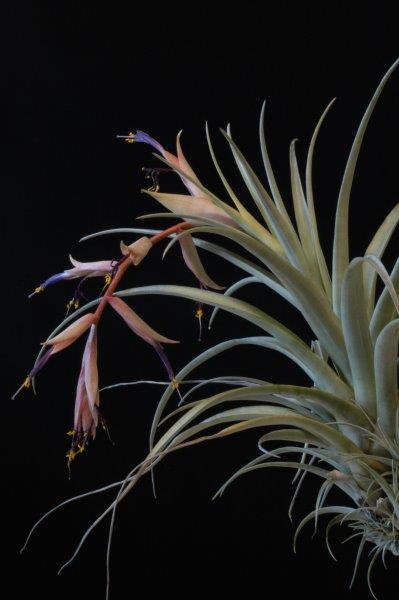
|
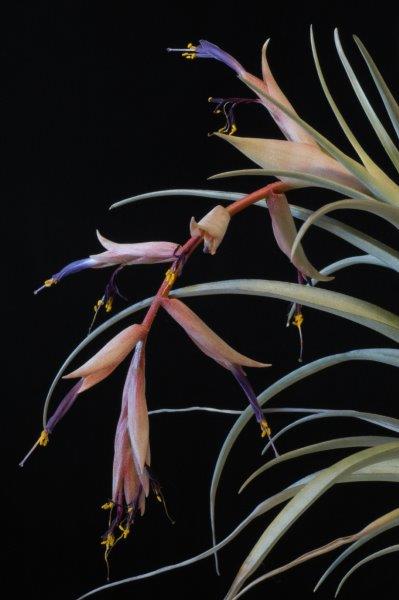
|
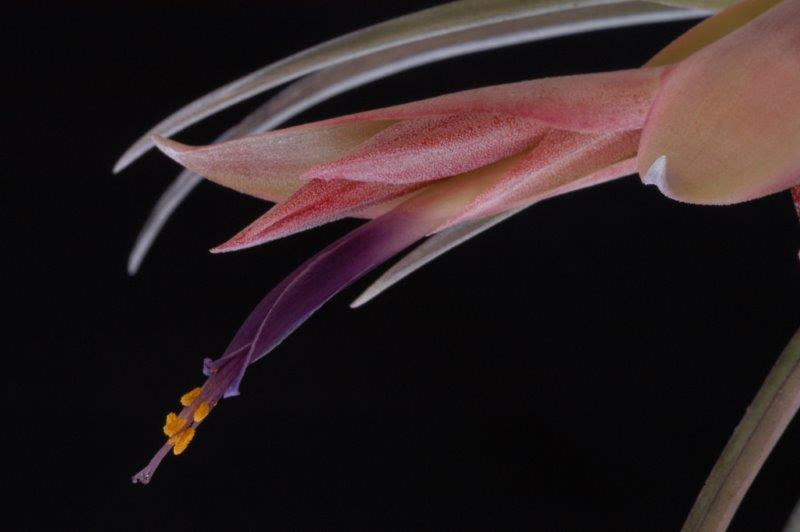
|
Finally, I want to show you some pictures of Tillandsia wuelfinghoffii. This is a not very well known species, first described in 1990. It is known from a couple of collections made in Oaxaca, Mexico and is not, in principle, hard to grow. Our plant, like the type specimen, is from one of Wülfinghoff's collections, though not from the same location. It is a plant that grows so-called 'grass pups' and is easy to propagate from them. If you can lay hands on one, highly recommended.
Eric Gouda, Chairman
Translation: MaryRose Hoare